Sept 6, 2024: During fall migration along Buzzards Bay, Semipalmated Sandpipers forage in flocks on mudflats, consuming protein-rich invertebrates to build fat reserves for their migration to South America. This sandpiper was recently seen in the intertidal zone at Woodneck Beach.
During fall migration on Cape Cod, Semipalmated Sandpipers exhibit highly active foraging behavior, capitalizing on the region’s rich intertidal habitats. These small shorebirds primarily feed in mudflats, sandflats, and shallow pools, often found in estuaries, salt marshes, and along the shoreline.
The sandpipers forage by rapidly probing the soft substrate with their bills, seeking out small invertebrates, such as worms, crustaceans, mollusks, and insect larvae. Their diet during this time is protein-rich, helping them build the necessary fat reserves for their long journey south. They also engage in surface pecking, picking up tiny prey from the ground.
These birds are known for their social foraging behavior, often seen in flocks that can number in the hundreds or even thousands. This flocking behavior provides safety in numbers and increases the efficiency of locating food sources. Along the Falmouth coastline, Semipalmated Sandpipers can be observed feeding during low tide, when mudflats are exposed and food is most accessible.
Their stopover in Falmouth is brief but critical, as they refuel for the next leg of their migration to South America. The quality of foraging habitats here can significantly impact their survival and reproductive success in subsequent seasons.

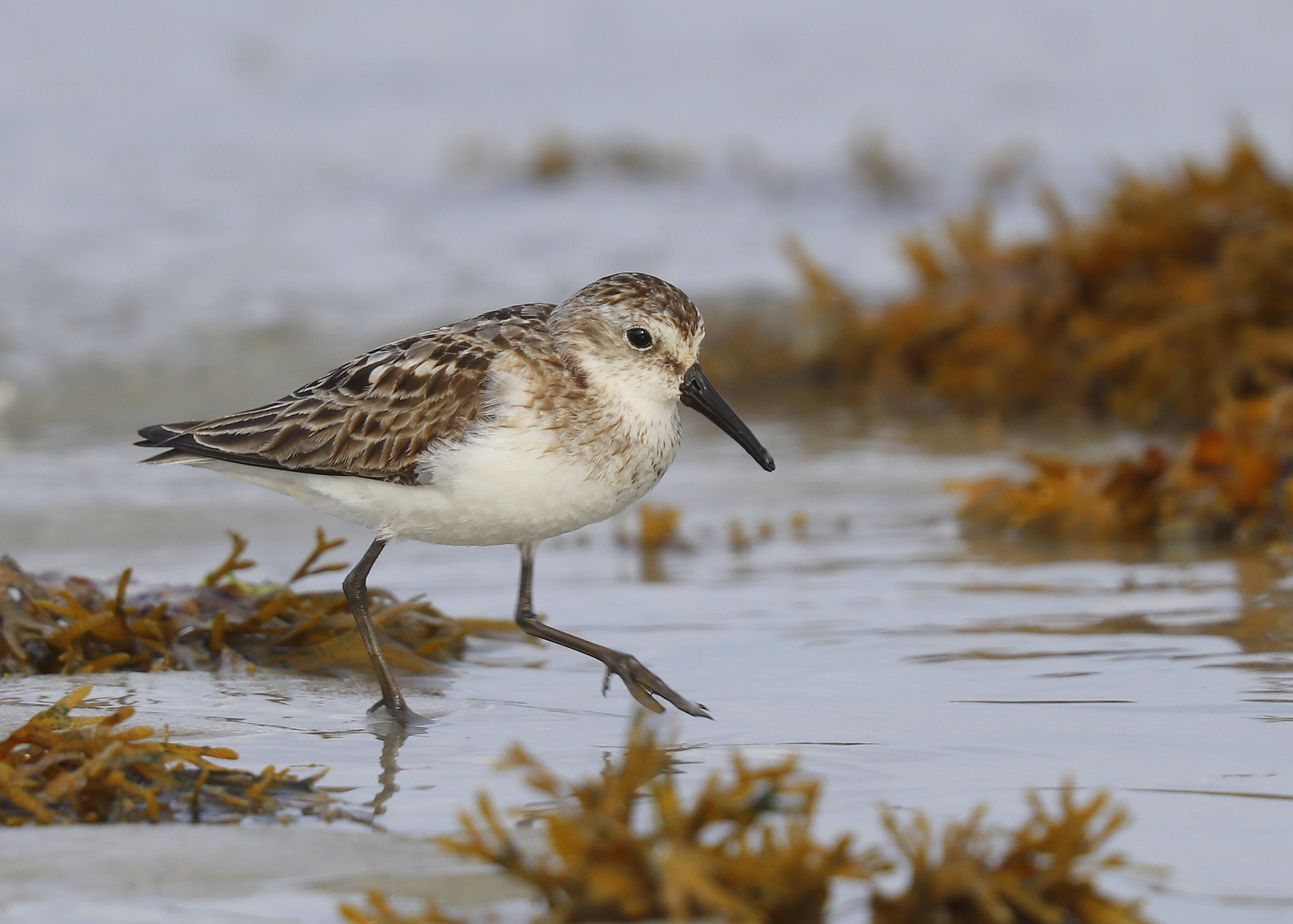
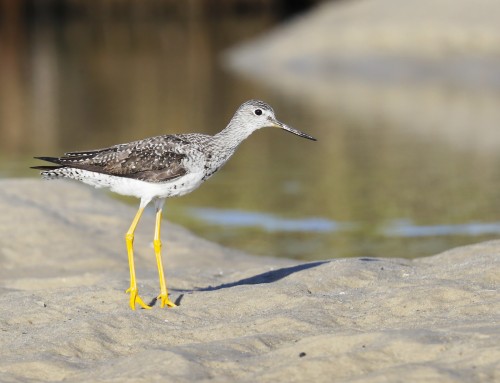
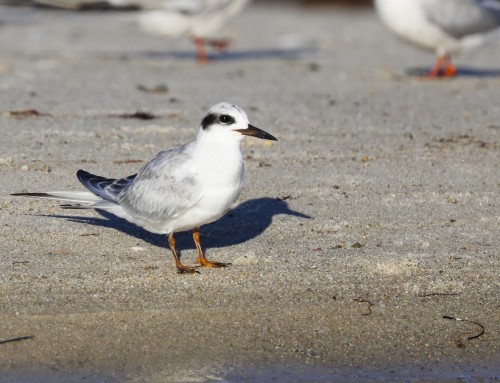
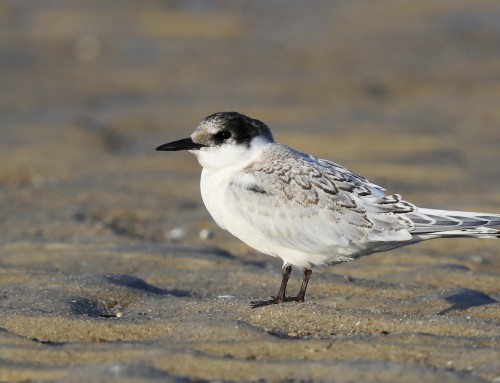
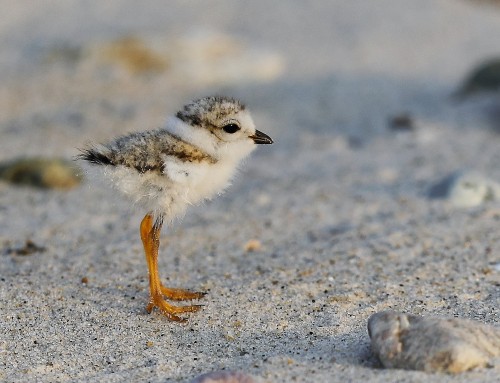
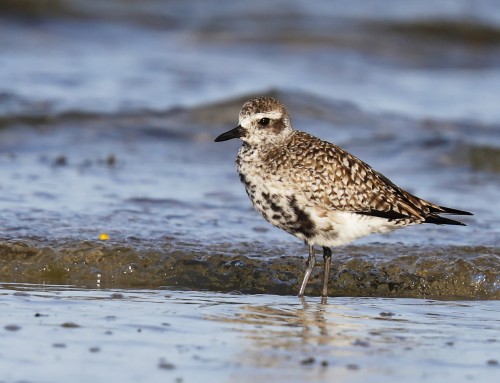
Leave A Comment
You must be logged in to post a comment.